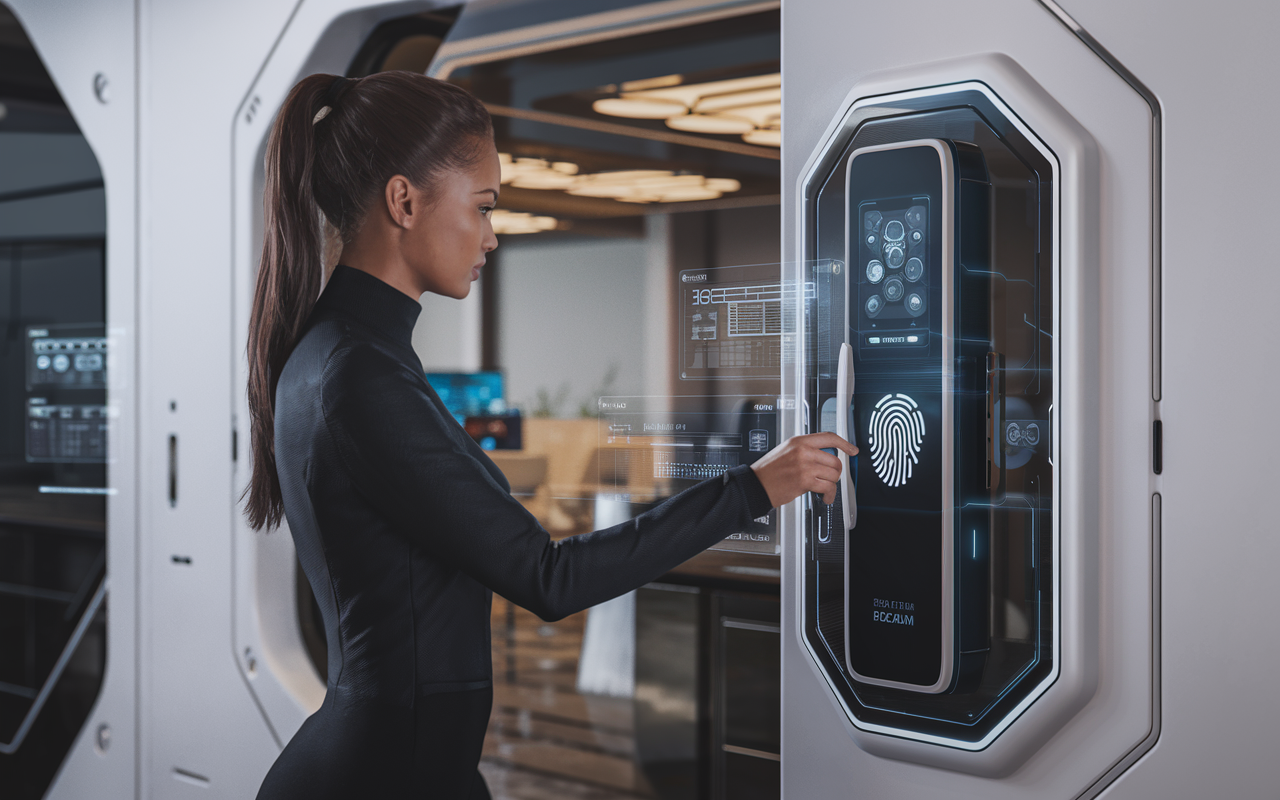Importance of Audio-Visual Integration
As businesses evolve, there is an increasing need to incorporate AV San Francisco solutions into modern workspaces. The integration of advanced audio-visual (AV) technology has become essential for maintaining effective communication and collaboration, especially with the shift toward remote and hybrid working models. Organizations now prioritize enhancing their AV infrastructure to create an immersive and interactive work environment.
Effective AV solutions ensure seamless communication and reduce the friction often associated with remote meetings. By incorporating advanced AV setups, businesses can maintain high productivity levels and foster a collaborative culture, regardless of where team members are located. This change isn’t simply a fad; it’s quickly taking hold as the norm in today’s workplace. Industries ranging from tech to finance invest heavily in AV technology to keep their operations smooth and efficient.
Key Components of Effective AV Setups
Successful AV integration hinges on the quality of the components used. High-definition displays, advanced audio systems, and interactive tools like digital whiteboards are just a few examples of essential AV equipment. These components collectively help create an environment conducive to effective communication and collaboration.
Choosing the right AV equipment can be a game-changer. For instance, high-definition displays ensure clear visibility for all participants, while advanced audio systems guarantee that conversations are crisp and uninterrupted. Interactive tools such as digital whiteboards can elevate collaborative efforts, allowing team members to brainstorm and strategize more effectively. A comprehensive grasp of the unique requirements and dynamics of your firm is necessary to make an informed decision among the many options available on the market.
For more details on essential AV components, you can check out TechRadar.
Benefits of AV Technology in the Workplace
Incorporating advanced AV technology into workplace environments yields several benefits. Improved communication is at the forefront, as high-definition video and top-tier audio help facilitate more natural interactions. This improvement can significantly reduce meeting fatigue and ensure that all participants are fully engaged.
Additionally, AV technology can streamline meeting processes, reducing the time spent on technical troubleshooting and making it possible for teams to focus on the task at hand. Research has shown that companies using robust AV systems experience fewer disruptions, translating into smoother and more productive meetings.
Recent global events have underscored the need for reliable AV technology, as many businesses have transitioned to remote work. The ability to host seamless virtual meetings has become a critical component of maintaining business continuity and productivity. Effective AV configurations also assist in bridging the gap between remote and in-office workers, which promotes a more inclusive and connected work atmosphere, according to several companies.
Trends in AV Technology
The AV industry is continually evolving, with new trends and innovations emerging that promise to further enhance workplace collaboration. The introduction of virtual reality (VR) and augmented reality (AR) technologies is one of the most fascinating advances. These tools can potentially create highly immersive and interactive experiences, taking remote collaboration to the next level.
The growing application of artificial intelligence (AI) in AV systems is another significant trend. AI-driven analytics can provide valuable insights into meeting dynamics, helping businesses optimize their AV setups for maximum efficiency. With countless opportunities for innovation, these trends point to a bright future for AV technology.
Real-World Examples of Successful AV Integration
Numerous organizations have successfully integrated advanced AV solutions into their workspaces. Technology companies, for instance, have employed state-of-the-art AV setups to maintain seamless communication across global teams. One notable example is a multinational firm that installed interactive whiteboards and advanced video conferencing tools, resulting in a significant boost in collaboration and productivity.
Another example involves a financial institution that upgraded its meeting rooms with high-definition displays and sophisticated audio systems. This investment led to more engaging and efficient meetings, showcasing the tangible benefits of quality AV integration. These real-world examples underscore the importance of investing in high-caliber AV technology to stay competitive in today’s fast-paced business environment. Employees have reported greater satisfaction and engagement when their workplaces are equipped with top-tier AV technology, demonstrating that the impact of these investments extends beyond mere productivity gains.
Conclusion
In conclusion, the integration of advanced audio-visual (AV) technology is not just a modern enhancement but a fundamental shift towards optimizing communication and collaboration in today’s work environments. As businesses adapt to remote and hybrid models, investing in high-quality AV systems has proven essential for maintaining productivity and fostering a collaborative culture. Effective AV setups—featuring high-definition displays, sophisticated audio systems, and interactive tools—are pivotal in reducing technical disruptions and improving the overall meeting experience. With ongoing advancements such as augmented reality, virtual reality, and artificial intelligence, the future of AV technology promises even more transformative tools for workplace interactions.
The evidence from various industries highlights that organizations are reaping the benefits of advanced AV integration, experiencing smoother operations and greater employee satisfaction. Real-world examples of successful AV deployments in tech and finance sectors demonstrate tangible improvements in communication and collaboration, emphasizing the strategic importance of such investments. As AV technology continues to evolve, its role in bridging the gap between in-office and remote workforces will become increasingly critical. Embracing these innovations today will ensure businesses remain competitive and agile in an ever-changing landscape, underscoring the indispensable value of a well-integrated AV infrastructure.











